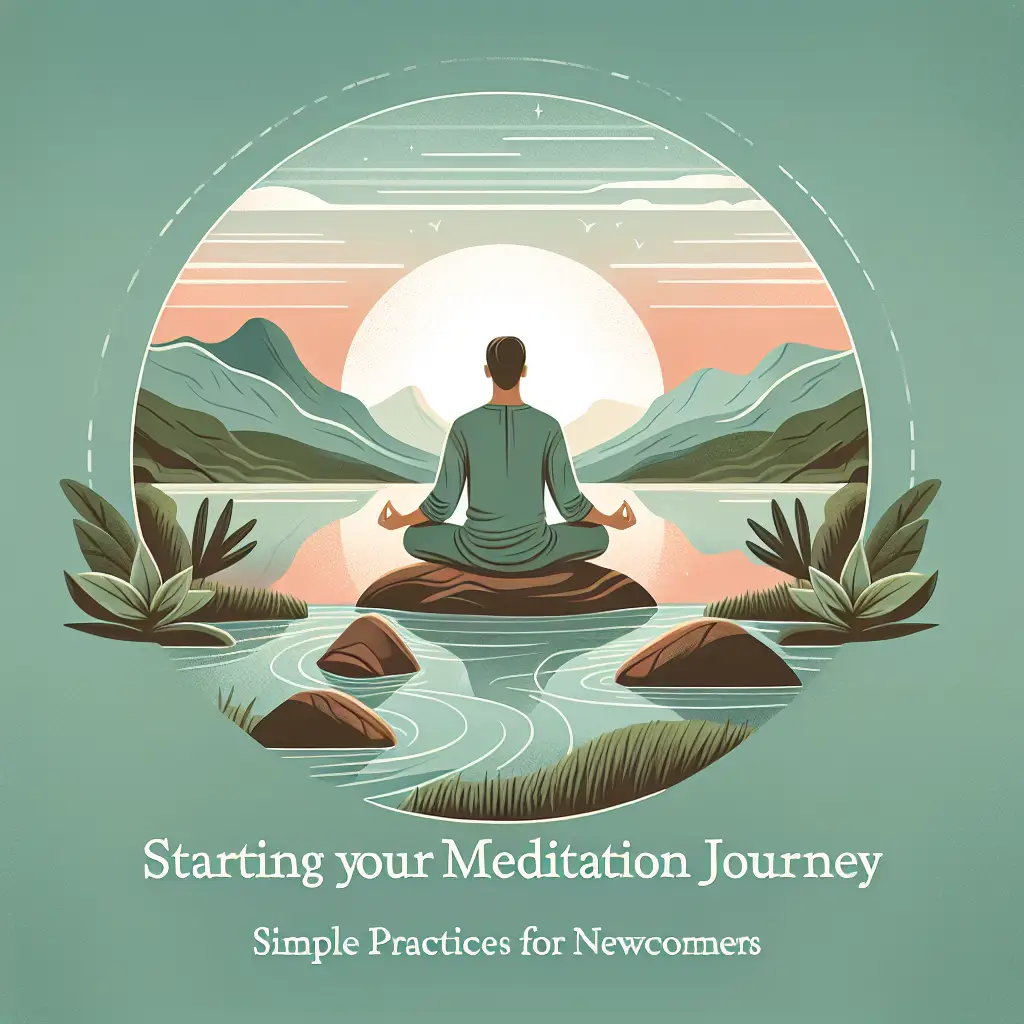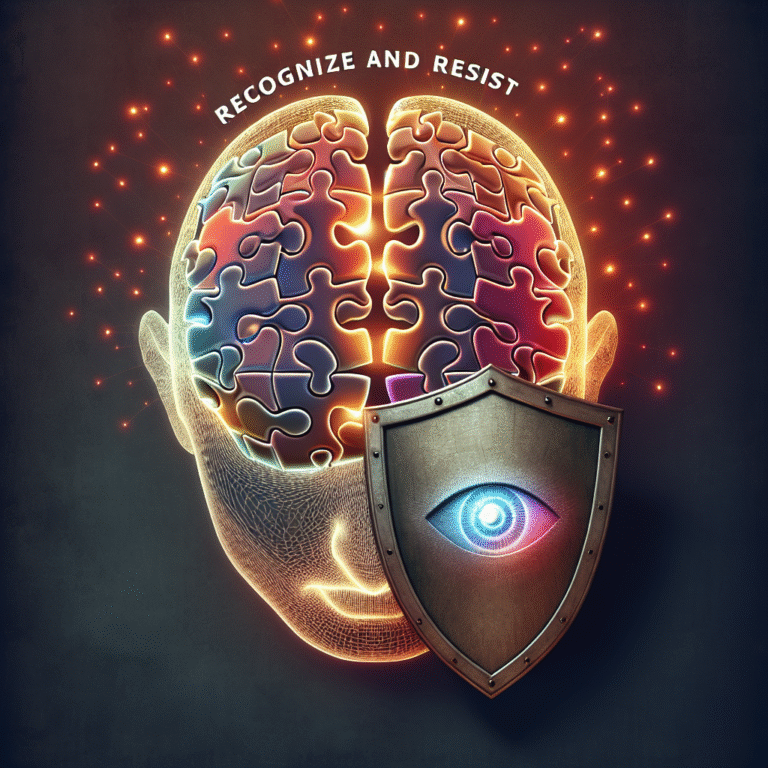
Starting Your Meditation Journey: Essential Simple Practices for Newcomers
Introduction
In a world that often feels increasingly chaotic, the search for inner peace has never been more relevant. Millions of people are turning to meditation as a means to alleviate stress, improve their emotional well-being, and foster a deeper connection with themselves. If you’re reading this, you’re likely one of those individuals eager to explore the calming waters of mindfulness. Welcome aboard! This guide on Starting Your Meditation Journey: Simple Practices for Newcomers is designed to give you the tools and insights you need to begin your transformative adventure.
Meditation isn’t just a trend—it’s a practice backed by centuries of tradition and an ever-growing body of scientific research. Yet, like any journey, it can often feel overwhelming at the start. Where do you begin? How do you meditate? What types of meditation are best suited for you? These are all valid questions and concerns that can easily deter newcomers. Fear not; this article is here to demystify the process of meditation, offering practical, simple practices tailor-made for those taking their first steps.
The Importance of Starting Your Meditation Journey
Why should you begin your meditation journey? Here are a few compelling reasons that highlight the importance of this enriching practice:
-
Stress Reduction: A consistent meditation practice can significantly lower stress levels, reducing anxiety and promoting a sense of calm.
-
Emotional Health: Meditation can lead to improvements in mood and emotional regulation, fostering greater resilience in the face of life’s challenges.
-
Increased Focus: Regular meditation helps enhance concentration and cognitive function, making you more efficient in daily tasks.
-
Greater Self-Awareness: Meditation encourages introspection and self-discovery, allowing you to become more attuned to your thoughts and feelings.
- Physical Benefits: Research has shown that meditation can improve sleep, lower blood pressure, and even enhance your immune response.
Getting Started with Meditation: Where To Begin
Finding Your Space
Creating a conducive environment is vital for initiating your meditation journey. Look for a quiet space where you won’t be disturbed. This could be a cozy nook in your home, a peaceful corner of the park, or even your office during lunch breaks. Make sure your chosen spot has the following characteristics:
- Minimal Distractions: Keep away from noise and interruptions.
- Comfortable Seating: You can use a cushion, chair, or simply sit on the floor—whatever feels right for you.
- Ambiance: Personalize your space with calming elements, such as candles, soft lighting, or soothing sounds.
Setting a Time
Consistency is key when starting your meditation journey. Try allocating a specific time each day dedicated to your practice. Whether it’s in the morning to set the tone for the day or in the evening to unwind, find what fits best into your schedule. Aim for at least 5 to 10 minutes to start, gradually increasing the time as you become more comfortable.
Simple Practices for Newcomers
Starting Your Meditation Journey: Simple Practices for Newcomers can be both rewarding and invigorating. Consider these straightforward techniques:
1. Mindfulness Meditation
Mindfulness meditation involves paying attention to the present moment without judgment. Here’s how to practice it:
- Sit Comfortably: Find your comfortable position.
- Focus on Your Breathing: Inhale deeply and exhale slowly. Pay attention to the sensation of your breath entering and leaving your body.
- Acknowledge Thoughts: If thoughts arise, acknowledge them without getting attached. Gently bring your focus back to your breath.
Case Study: Sarah recently took up mindfulness meditation as a way to manage her anxiety. After just two weeks, she reported feeling calmer and more centered, showcasing how even a brief practice can lead to noticeable changes.
2. Guided Meditation
For newcomers, guided meditation can be an excellent way to ease into the practice. With various apps and online resources, a plethora of options is available. Here’s how to proceed:
- Choose a Guided Session: Pick a session that resonates with you, focusing on aspects you want to explore—like relaxation or stress relief.
- Follow Along: Allow the guide to take you through the practice, responding to prompts and immersing yourself in the experience.
Case Study: Tim struggled with establishing a meditation routine but found success through a popular meditation app. By following guided sessions, he felt supported and saw rapid growth in his practice.
3. Body Scan
The body scan technique promotes awareness of physical sensations throughout your body. Here’s a simple way to practice:
- Lie Down or Sit Comfortably: Close your eyes and relax your body.
- Focus on Each Body Part: Starting from your toes, direct your attention to each body part sequentially up to the crown of your head.
- Release Tension: Notice areas of tension and consciously release it as you move through each part of the body.
Case Study: Lindsay, who often dealt with chronic tension, found relief through the body scan method. This practice helped her identify areas of stress and enabled her to manage her physical discomfort effectively.
4. Loving-Kindness Meditation
A beautiful addition to your meditation arsenal, loving-kindness meditation fosters compassion towards others and yourself. Here’s how to go about it:
- Sit Comfortably: As always, begin by settling into your space.
- Repeat Phrases: Silently repeat phrases such as "May I be happy. May I be healthy. May I be safe. May I live with ease." Gradually extend these thoughts to loved ones, acquaintances, and even those you may find challenging.
Case Study: After practicing loving-kindness meditation, Emma reported feeling more empathetic and forgiving towards herself and others. She noticed less emotional friction in her relationships, highlighting the far-reaching impacts of this practice.
5. Journaling After Meditation
A powerful tool in your meditation toolkit is journaling. After each session, take a few minutes to jot down your thoughts and feelings. This practice solidifies your experiences and helps track your progress.
- Reflect: Write about what thoughts or feelings arose during your meditation.
- Set Intentions: Document any insights or intentions for your next practice.
Helpful Tools for Your Meditation Practice
To support Starting Your Meditation Journey: Simple Practices for Newcomers, consider incorporating these resources into your routine:
| Tool | Description |
|---|---|
| Meditation Apps | Apps like Headspace, Calm, and Insight Timer offer guided sessions and community support. |
| Meditation Cushions | Comfortable cushions that support your posture while sitting. |
| Mindfulness Books | Titles such as "The Miracle of Mindfulness" by Thich Nhat Hanh can offer valuable insights and inspiration. |
| Online Communities | Joining online forums or social media groups allows for shared experiences and encouragement. |
| YouTube Channels | Explore channels that specialize in guided meditations and mindfulness practices. |
Overcoming Common Challenges
As you begin your meditation journey, you may encounter a few hurdles. The following are tips to address common concerns:
1. Difficulty Concentrating
It’s normal for your mind to wander during meditation. When this happens, gently acknowledge the distraction and return your focus to your breath or mantra.
2. Finding Time
Start small! Even dedicating five minutes to meditation can yield positive effects. Find creative ways to fit meditation into your daily routine—try meditating during your commute or during breaks at work.
3. Self-Doubt
Remember, meditation is a personal journey. Each individual’s experience is unique, and there is no "right" way to meditate. Embrace your journey with patience and kindness.
4. Frustration with Progress
Like any skill, meditation takes time to develop. If you feel frustrated, consider switching your technique or trying new practices. This can rejuvenate your enthusiasm and help renew your experience.
5. Unsure of Technique
If you’re uncertain about which technique to pursue, don’t hesitate to experiment! Mercy in exploration will guide you toward what feels right.
Conclusion
Starting Your Meditation Journey: Simple Practices for Newcomers encourages you to take that first step into a world of mindfulness and clarity. As this guide has outlined, meditation offers numerous benefits—from stress reduction to enhanced emotional health. It is an accessible practice that you can integrate into your life, regardless of whether you have ten minutes or an hour to spare.
Believe in yourself; trust that your journey is uniquely yours. With each session, you’ll unveil new layers of self-awareness and serenity, paving the way for a deeper understanding of yourself and the world around you. Commit to the journey, start small, and allow the practice to grow organically—your mind and body will thank you.
FAQs Section
1. How long should I meditate as a beginner?
Start with 5-10 minutes and gradually increase the duration as you become more comfortable with the practice.
2. What if I can’t stop my thoughts during meditation?
It’s natural for thoughts to arise. Simply acknowledge them and return your focus to your breath or your chosen point of focus.
3. Do I need special equipment to meditate?
No special equipment is required! A comfortable seat or cushion and a quiet space will suffice.
4. Can I meditate anywhere?
Yes! While a quiet space is ideal, you can meditate in various environments, including at your desk, on public transport, or even outside.
5. How do I maintain consistency in my practice?
Set a specific time for your practice and integrate it into your daily routine. Tracking your practice in a journal can also help.
Remember, the most important aspect of Starting Your Meditation Journey: Simple Practices for Newcomers is just to begin. Each step taken is a significant one towards a more mindful, peaceful existence. Happy meditating!














